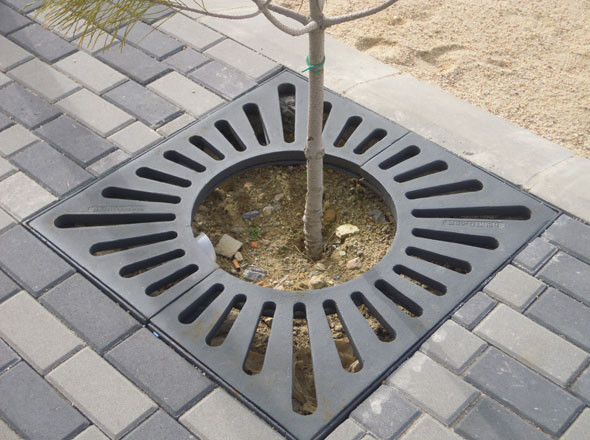Choosing the Right Water Grate for Your Driveway Drainage Needs
Water Grate for Driveway A Sustainable Solution for Rainwater Management
As urbanization continues to increase, managing rainwater runoff has become a pressing issue for homeowners and city planners. A significant amount of this runoff originates from driveways, which can lead to flooding, erosion, and pollution in local water systems. One innovative solution being adopted is the installation of water grates for driveways. This article explores the benefits and features of water grates, their installation process, and their role in promoting sustainable urban living.
Understanding Water Grates
Water grates, often referred to as drain grates or drainage grates, are openings installed in the driveway to drain excess rainwater. They are designed to direct stormwater away from driveways, garages, and other impermeable surfaces, helping to prevent water accumulation and flooding. Typically made from a variety of materials, including plastic, metal, and concrete, water grates are available in many designs and sizes to suit different needs and aesthetics.
Benefits of Installing Water Grates
1. Flood Prevention One of the primary benefits of water grates is their ability to prevent flooding. By allowing rainwater to quickly drain away, they reduce the risk of water pooling on driveways or entering garages. This is particularly crucial in areas prone to heavy rainfall where traditional drainage systems may not suffice.
2. Pollution Reduction Water grates can help reduce the amount of pollutants that enter local waterways. As rainwater flows over driveways, it often picks up oils, chemicals, and debris. By directing this water through a filtration system before it reaches storm drains or rivers, water grates can significantly lower the amount of contaminants released into the environment.
3. Erosion Control Excess runoff can cause soil erosion, leading to the degradation of landscapes and ecosystems. By managing water flow, water grates can help mitigate erosion, preserving the integrity of both driveways and surrounding areas.
4. Aesthetic Appeal Water grates are available in various designs, allowing home and property owners to choose styles that complement their landscaping and architecture. This feature means that functionality does not have to come at the cost of aesthetics.
water grate for driveway

Installation Process
Installing water grates in a driveway is a relatively straightforward process that can often be completed by a professional contractor or a knowledgeable DIY enthusiast
. Here are the essential steps involved1. Assessment Evaluate the driveway layout and determine where water accumulates the most. Identify spots that will benefit from drainage.
2. Selection of Grate Choose the appropriate grate according to the size, material, load capacity, and aesthetic preference.
3. Excavation Excavate the designated areas where the grates will be placed, ensuring that the slots are level and aligned properly.
4. Installing the Grate Place the grates in the excavated sections. They should securely connect to the existing drainage system or a newly installed channel that leads away from the home.
5. Testing After installation, test the system during a rain event to ensure proper drainage and make any necessary adjustments.
Conclusion
Water grates for driveways provide a practical and effective solution for managing rainwater runoff. By preventing flooding, reducing pollution, and controlling erosion, they contribute to the sustainability of urban environments. As homeowners become increasingly aware of their environmental impact, installing water grates can be an excellent step towards better water management practices. Investing in such systems not only benefits individual properties but also promotes the health and vitality of local ecosystems, making communities more resilient in the face of changing climatic conditions. Ultimately, incorporating water grates into driveway design is a smart and eco-friendly choice that aligns with contemporary values of sustainability and environmental stewardship.
-
The Smarter Choice for Pedestrian AreasNewsJun.30,2025
-
The Gold Standard in Round Drain CoversNewsJun.30,2025
-
The Gold Standard in Manhole Cover SystemsNewsJun.30,2025
-
Superior Drainage Solutions with Premium Gully GratesNewsJun.30,2025
-
Superior Drainage Solutions for Global InfrastructureNewsJun.30,2025
-
Square Manhole Solutions for Modern InfrastructureNewsJun.30,2025
-
Premium Manhole Covers for Modern InfrastructureNewsJun.30,2025
